
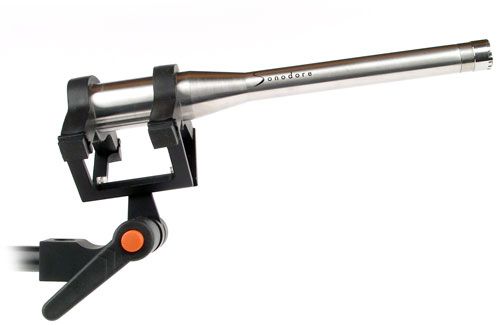
Sonodore Main Microphone RCM-402
The Sonodore RCM-402 is probably the most accurate microphone around.
That results in a “correct” and
coherent recordings, regarding "space and time” behavior
as well as
tonal balance and dynamics.
Design Features
The special form of the microphone body, with a relatively long and narrow tube behind
the capsule, results in a sound environment with minimal reflective interactions directly in
front of the capsule.
Weight
The microphone body is made of high-grade stainless steel, which provides high mass.
As a result, vibrations and resonance from the microphone body are minimised.
Materials
Only materials of the highest quality are used to ensure maximum reliability under tough
professional use. This means:
- use of gold-plated contacts only
- electronic components are selected for their proven quality in audio specific
equipment, handpicked, and individually tested. - the microphone membrane is made of titanium for the highest possible sensitivity
and durability - oxygen-free copper cables between the microphone and the power supply
- specially coated circuit boards for optimal protection against damp and moisture
- use of a special process for the production of printed circuit boards, which ensures
the purity of the copper pathways, resulting in greater stability and performance of
the circuit design.
Power supply
As part of the initial Sonodore philosophy, all microphone models, except the
RCM-402/48V, are 'active' powered via a separate power supply (PS-402), instead of
using standard phantom power. Phantom-fed microphones are inherently less suitable
for high-quality audio usage since they work as compressors: when, for instance, high
dynamics are required, strong demands are made on the current supply of the phantom.
As a result, the current supply drops drastically and the stereo image and frequency
response collapse with it. To avoid this, the RCM-402 is available in a version with a
separate power supply which allows a high-grade and exceptionally low-distortion
amplifier to be placed directly in the microphone body.
Sonodore Sound Quality
The sonic qualities of Sonodore microphones are comparable to all major brands, but
with specific improvements, namely:
- clearer placement of musical instruments within the stereo sound field
- exceptionally fast reaction time to intermittent high impulse sound waves
- extreme clarity and definition of complex low frequency sounds
- measurably less distortion across the entire sound spectrum
- Sonodore microphones do not leave a ‘hole’ in the middle of the stereo image
when used in a standard A-B setup, as is explained below.
A better stereo image
In general, main microphone systems utilise 16 mm capsules. If the main system consists
of two microphones, then the musical instruments that are in the middle of the stereo
picture will have less presence and will sound somewhat dull. This is due to the fact that
the frequency characteristic decays in those situations in which the signal arrives at the
capsule from oblique directions.The placement of a third microphone between the main
stereo pair will solve this problem only partially and, in addition, new problems will be
created by the resulting phase characteristics of the third microphone and the existing
pair. The only elegant solution to this problem is to increase off-axis sensitivity.
Off Axis Typical 16mm Sonodore
+/- 45º -3 dB -2 dB
+/- 60º -5 dB -3 dB
+/- 90º -10 dB -6 dB
+/- 135 -15 dB -7 dB
The table clearly shows that a higher off-axis sensitivity results in less attenuation, which
means that the well known effect of the ‘hole in the middle’ can be effectively eliminated
without the use of additional microphones.
Virtually distortion-free
In addition, Sonodore microphones are built with specially designed electronic circuitry
which remains virtually distortion-free under extreme conditions.

Typical on-axis frequency response
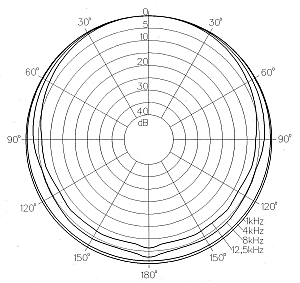
Directional characteristics
Technical Specifications
Capsule type : prepolarised condenser microphone capsule
Principle of operation: pressure
Directional pattern: omnidirectional
Frequency response: 5 Hz to 20kHz
Sensitivity at 1 kHz: 40mV/Pa
Equivalent noise level: A-weighted typically 15.5 dB
Temperature coefficient: +0.005 dB/ºC
Output impedance: 39 Ohms
Cable drive capability: > 100m
Weight: 135g
Length: 177mm (6.97”)
Capsule diameter: 12.8mm (0.5”)
Microphone diameter:21mm (0.83”)
Active 60V model
Maximum sound pressure level: 143 dB SPL peak
Amplifier THD at 130dB SPL: 0,0004% at 1kHz, 0,0013% at 10kHz
Matching connector (to microphone): 4-pin XLR female
Powering: via separate power supply (60V)
Active +-16V model
Maximum sound pressure level: 143 dB SPL peak
Amplifier THD at 130dB SPL: 0,0004% at 1kHz, 0,0013% at 10kHz
Matching connector (to microphone): 6-pin XLR female
Powering: via separate power supply (+-16V)
Phantom 48V model
Maximum sound pressure level: 136 dB SPL peak
Amplifier THD at 124dB SPL: 0,0004% at 1kHz, 0,0013% at 10kHz
Matching connector (to microphone): 3-pin XLR female
Powering: 48V phantom power, 6mA
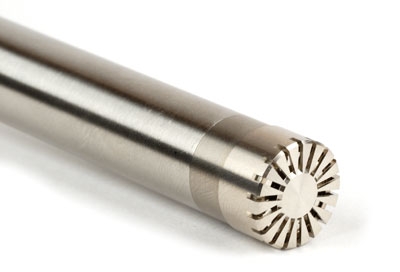
Different RCM-402 models
Active 60V powering.
This is the most common model.
PS-402, PSB-402 power supply or MPB-502 pre-amplifier is necessary.
Active +-16V powering.
Designed for battery powering.
PSB-402 power supply or MPB-502 pre-amplifier is necessary.
Phantom 48V powering .
If you want to stay with the phantom standard.
Two 9V batteries powering for portable and light weight recording
Picture
Sonodore RCM-402 audio samples
2 channel Rens Heijnis battery powered preamp,
Philip Solomonick 192KHZ Audio sample
Different microphones: Sonodore RCM402, LDM54, MPM81
8 channel Rens Heijnis battery powered preamp, Horus converter
Performer: Lembit Saarsalu, Saxophone, Recording engineer: Aular Soon
192KHZ Audio sample
Pipe organ recording with different microphones.
Equipment: Sonodore RCM402, LDM54, MPM81
8 channel Rens Heijnis battery powered preamp, Horus converter
Performer: Andres Uibo, Recording engineer: Aular Soon
192KHZ Beethoven Audio sample
192KHZ MaxReger Audio sample
Andres Uibo, Apocalypsis Symphony in four movements.
192KHz Audio sample
Colom, Josep Colom, piano.
Recorded by Gonzalo Noqué with Sonodore RCM-402
Horus preamp and converter 24bits 96KHz.
Bagatelle op.126 Audio sample
Prelude BWV 860 Audio sample
Rodiles, Noelia Rodiles, piano
Lieder ohne Worte, op. 30 IV. Agitato e con fuoco
Recorded by Gonzalo Noqué with Sonodore RCM-402
Horus preamp and converter 24bits 96KHz.
Audio sample
Guitar recording with 1 Sonodore MPM-81 tube,
2 RCM-402 with MPB-502, Horus converter.
192KHz Audio sample
Lute, Ferdinand Fischer, Retirada, Hubert Hoffmann, The Spirit of Turtle.
Equipment: Sonodore LDM-54, RCM-402, BLM-21 and MPB-508.
24bits 96KHz Audio sample
Audio sample 1
Equipment: RCM-402 with Sonodore MPB-502 pre-amplifier,
with the van den Hul Integration Hybrid cable. 16 bits 44KHz.
Audio sample 2
Flute, Harp and Cello. J.S. Bach - Flute sonata in E flat major.
Equipment: RCM-402 with Sonodore MPB-502 pre-amplifier.
Audio sample 3
Ludwig van Beethoven - Allegro con brio
Equipment: Sonodore RCM-402 with Rens Heijnis pre-amplifier.
Audio sample 4
Dave Burrel - Teardrops for Jimmy
Equipment: Sonodore RCM-402 with Rens Heijnis pre-amplifier.
Recording sample 2 and 3 and other samples: The Spirit of Turtle

Accessories:
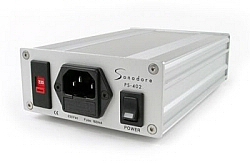
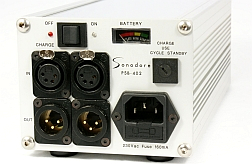
Power Supply PS-402 Power Supply battery powered PSB-402
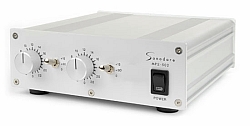
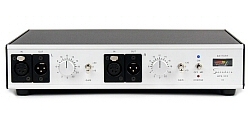
Pre-amplifier MPS-502 Pre-amplifier battery powered MPB-502
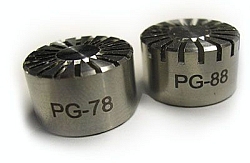
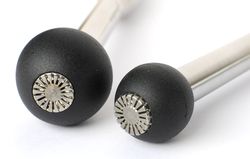
Accessories PG78-88 Accessories AP25-32
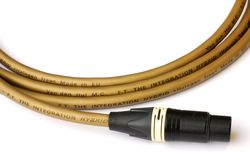
Microphone cables Cables
Sonodore price list with Mogami cable





